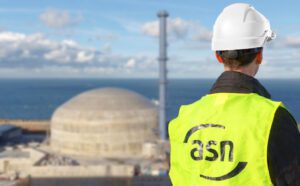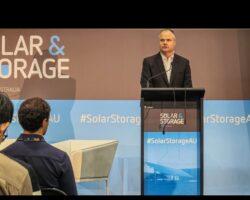The federal Coalition is enthusiastically advocating for nuclear energy to help when ‘the sun don’t shine and the wind don’t blow’. This approach is fundamentally flawed, not just for nuclear, but for any high capital cost base load generator.
Our energy security and cost problem has three dimensions – unnecessarily high demand for electricity, especially at times of low variable renewable supply, and the emerging glut of cheap or negatively priced renewables for much of the year. The assumption that we need lots of new powerlines is not helping.
An inflexible base load generator of any kind has no future in Australia’s electricity grid. For much of the time, it would compete in an energy market with very low or negative wholesale prices.
It would need flexible design to minimise financial losses and operating costs at those times and capability to ramp up output at times of high demand and low renewable generation.
At those times it would be competing on price with energy storage, flexible hydroelectricity and other lower capital cost flexible generation options, targeted energy efficiency and demand management.
Driving down peak electricity demand by focussing on improving building and appliance efficiency would reduce the need for generation at peak times and enhance demand resilience to support more demand management.
Diverse energy storage would provide short and long duration support for renewable energy supply.
Existing coal-fired generators whose capital cost has been largely repaid can’t compete now. So it is difficult to imagine how any new capital intensive base load generator could compete.
Alan Pears is an energy expert and an adjunct professor at RMIT.










